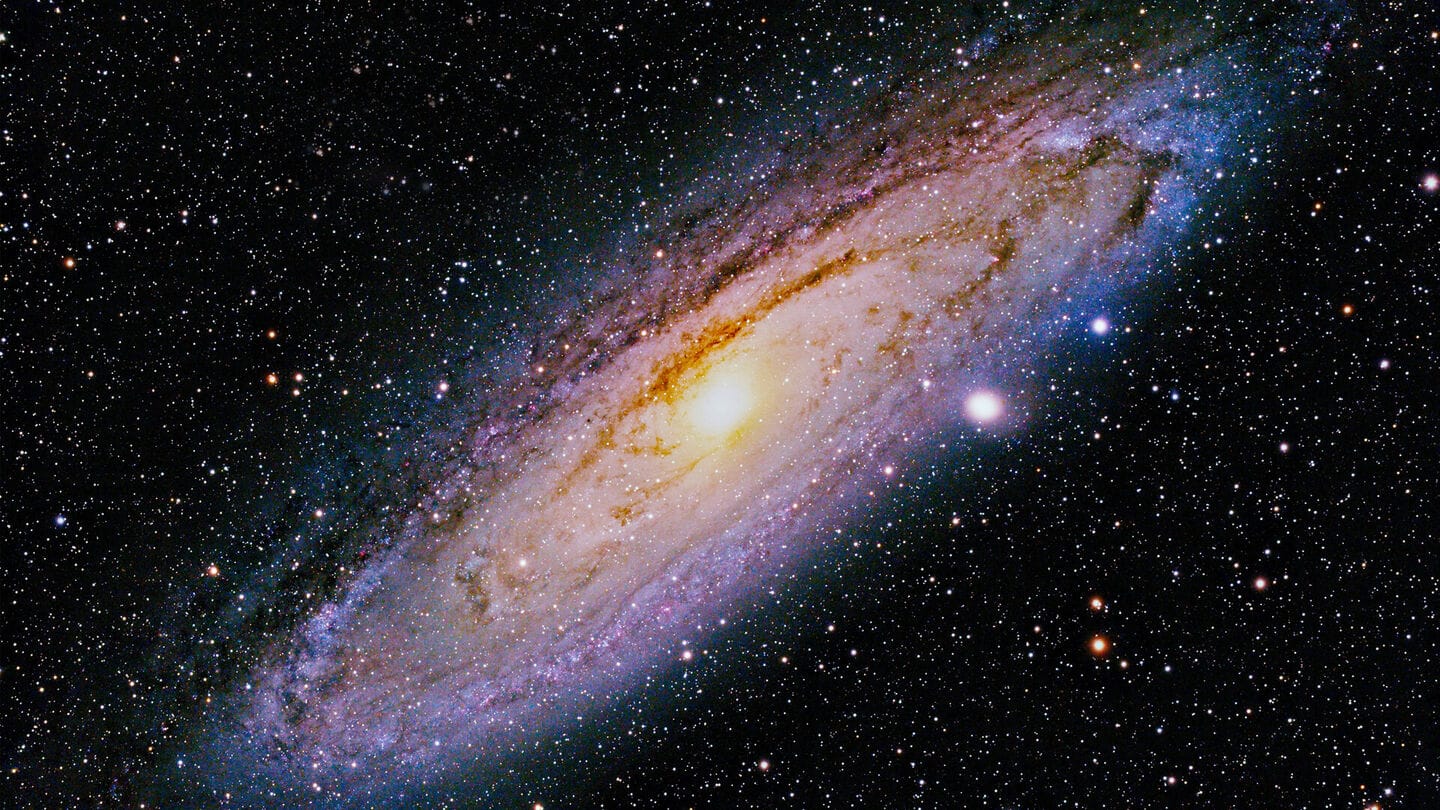
This is one of the most metal-poor stars ever seen
What's the story
Astronomers from the University of Chicago and other institutions have discovered a new ultra-metal-poor (UMP) star in the Milky Way's halo. The discovery was made using data from the European Space Agency's Gaia satellite. The newly discovered star, named GDR3_526285, is one of the most metal-poor stars ever observed. The research was published in The Astrophysical Journal Letters.
Significance
UMP stars provide insights into early universe
UMP stars, which have iron abundances [Fe/H] below -4, are incredibly rare with only a few dozen known to exist. These stars are thought to be direct descendants of the first (Population III) stars and could provide crucial clues about the early universe. The discovery of GDR3_526285 adds another piece to this cosmic puzzle.
Verification process
Researchers confirm status of GDR3_526285 through spectroscopy
The status of the newly discovered star was confirmed through multi-band photometry and high-resolution spectroscopy with the Magellan Clay 6.5m telescope at Las Campanas Observatory in Chile. "We have identified this extraordinary star among the Gaia DR3 low-resolution XP spectra, and combined multi-band photometry with high-resolution spectroscopy to derive stellar parameters and chemical abundances," wrote the researchers in their paper.
Star profile
Stellar parameters of GDR3_526285
Located some 78,600 light-years away from Earth in the Milky Way's halo, GDR3_526285 has a metallicity of -4.82 dex, one of the lowest iron abundances ever recorded. The star is estimated to have a mass of about 0.78 solar masses. Its line-of-sight velocity was clocked at 428.7km/s with a relatively low upper limit to the nominal carbon-to-iron ratio at a level of 1.18. This indicates no strong carbon overabundance unlike other UMP stars with similar metallicities.
Galactic link
Star likely formed from dust-cooled gas
The study's authors theorize that GDR3_526285 possibly formed from dust-cooled gas instead of fine-structure line cooling due to carbon or oxygen in primordial gas. They also speculate that the star was somehow associated with Milky Way's satellite galaxies, the Magellanic Clouds. "The kinematics of GDR3 526285 make it tentatively linked to the Magellanic system, either by being dynamically perturbed by its recent infall or as a former LMC star that has been tidally stripped by the Milky Way," they said.